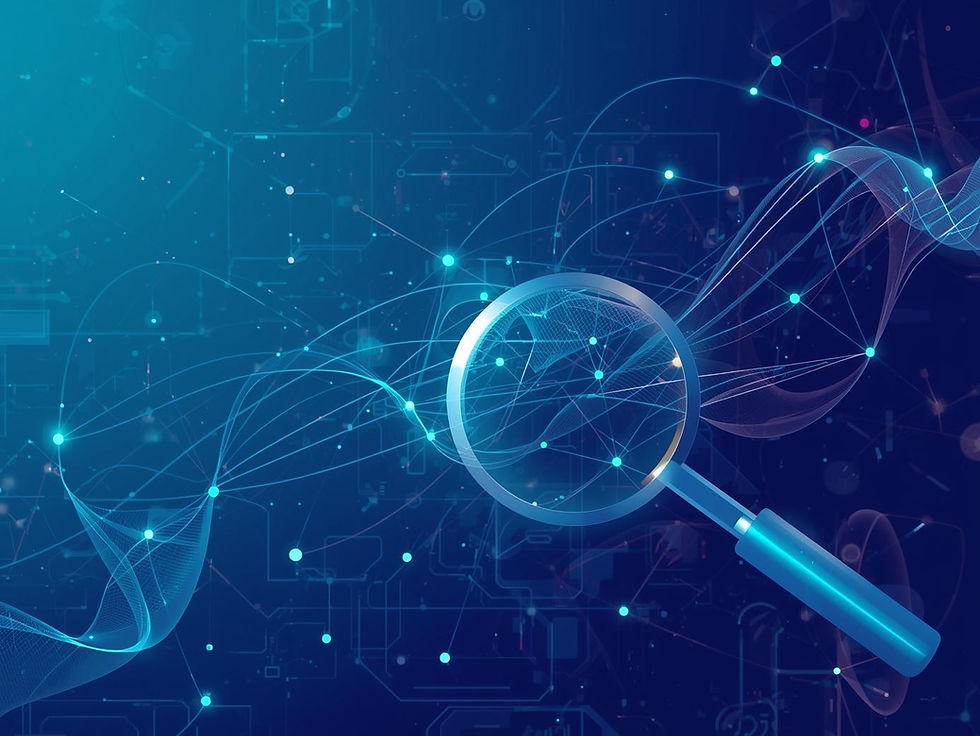The Future is Human & Digital: How Operating Models Should Evolve
- rubyprior
- Sep 17
- 2 min read
The most resilient organisations of tomorrow won’t be defined by whether they prioritise people or technology - but by how effectively they bring the two together. Success lies in creating operating models where human ingenuity and digital capability work in harmony, delivering outcomes that are smarter, faster, and more sustainable.
Moving Beyond Traditional Models
For decades, operating models have been built around silos - people, processes, and technology sitting apart from one another. That made sense when transformation was largely about digitising paperwork or consolidating operations.
But in an era of automation, AI, and advanced analytics, this separation limits progress. Future-ready operating models need to integrate:
Processes designed for clarity, scalability, and resilience.
Technology deployed as an enabler of outcomes, not a box-ticking exercise.
People freed to focus on judgement, creativity, and relationships.
Structures that flex with demand - whether through shared services, Centres of Excellence, or agile operating hubs.
This isn’t about chasing the latest buzzwords. It’s about reshaping work so that humans and digital workers achieve more together than either could alone.

Building the Hybrid Workforce
In Human & Digital organisations, roles evolve:
Digital workers take on repetitive, rules-based tasks.
Human workers focus on problem-solving, customer care, and continuous improvement.
Support roles in governance, monitoring, and optimisation ensure both human and digital contributions remain aligned to business goals.
This model reduces errors, improves speed, and strengthens customer outcomes - while also making work more rewarding for people.
The Skills We’ll Need
Transformation isn’t just about new tools; it’s also about new skills. The workforce of the future will need:
Confidence working alongside digital co-workers.
The ability to interpret insights and shape processes.
A mindset of collaboration, agility, and continuous learning.
By nurturing these skills, organisations can build resilience and unlock the full potential of transformation.
Why This Matters Now
Across industries, organisations are under pressure to do more with less - reducing cost-to-serve, improving customer journeys, and addressing workforce shortages. The Human & Digital model doesn’t just drive efficiency. It builds adaptability, scalability, and long-term relevance in a changing world.
Looking Ahead
Operating models should no longer be static frameworks. They must evolve as technologies mature and customer expectations rise. Those who embrace the Human & Digital blend early - and design their structures, roles, and skills accordingly - will be best placed to lead.
At DigiBlu, we’ve seen this first-hand. From early RPA adoption to sophisticated digital workforces, we’ve helped organisations redesign their operating models to capture both human creativity and digital precision. When you’re ready to explore how Human & Digital could reshape your business, the right partner can make the difference.
Let’s start the conversation.




